Students express feelings of frustration and loss through art
The art exhibition came after Calvin made significant changes to humanities and liberal arts related programs.
More than 200 pieces of paper coated the red brick walls of Hiemenga Hall and greeted students as they walked to class on Thursday morning.
The art installation at the building’s main entrance, entitled “Remnant: a memorial,” is composed entirely of notes, assignments, papers and tests from courses no longer offered at Calvin or taught by professors who left or were laid off during the budget cuts of the past two years.
Senior fine arts major and philosophy minor Gresham Bergeron is the student artist behind the installation. In the statement accompanying the wall of papers and ceramic bowl in front of it, he wrote:
“This body of work represents the deep thinking, committed academic study and untold hours of work created by Calvin students. It represents the loss felt by these students.”
University administrators announced the elimination of five major and seven minor programs this June. This followed the two majors and three minors eliminated a year prior.
According to Bergeron, he is just one of many who have experienced feelings of frustration and anger stemming from both the cuts and the perception that administrators failed to communicate and acknowledge them. Bergeron told Chimes he feels that “the administration hasn’t really acknowledged that the cuts happened, or really explained that process at all.”
Bergeron described a collective frustration with Calvin’s continued messaging of its commitment to liberal arts, and what he described as a differently-experienced reality for departments like classics, world languages, philosophy, creative art and history, which he feels have been “beaten like a dead horse” with successive rounds of directed cuts.
In the artist statement, Bergeron wrote that “The Calvin administration and marketing departments spin the narrative that Calvin is — and has always been — a liberal arts school … while in reality, they quietly pare down the programs involved in such studies until they no longer exist, or are a shell of their former selves.” To Chimes, Bergeron described this perceived disparity as “delusional … with easy words for the administration and a harsh reality for students.”
University President Michael Le Roy was not able to respond to Chimes’ request for comment on the exhibit.
“I welcome student art installations, including community art like this installation, that engage with the mission, vision, identity, and academic programs of the university,” Provost Noah Toly told Chimes. “Art can challenge our perspectives and help us to better understand experiences that are not our own. As someone who hasn’t lived through the recent changes to academic programs at Calvin, this installation helps me understand the ways that some students experience those changes, and I’m grateful for that.”
Originally intending to focus on the professors who were affected, Bergeron shifted the focus of his art to student experiences after realizing that it was the students who were left behind who had a greater need for overdue acknowledgement and a memorial space. “The project isn’t so much for me, as it is for other people who have voiced the same emotions and saw the need for this memorial,” Bergeron said. “You talk to people you went to the same classes with, and whenever those names [of former professors] pop up, there’s a collective ‘ugh.’”
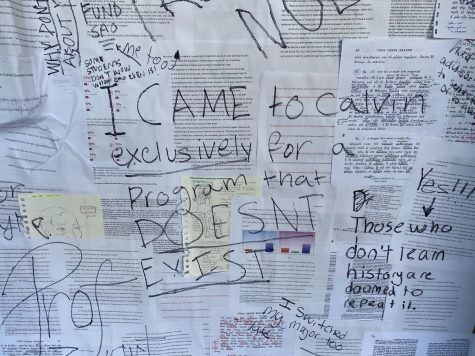
“The thought was that if this could give a communal experience of the aftermath of the cuts, it could be some small consolation to the people who’ve been affected by the program cuts the most,” Bergeron said.
Adrienne Ora, a senior majoring in classics, German and history, was one of the students who contributed assignments to the display. Both of Ora’s advisors, classics professor David Noe and German professor Corey Roberts, were let go this summer as a result of Calvin’s elimination of their respective programs. According to Ora, both professors had set her on her current educational and language-focused career path, and their loss was something she felt greatly. “These cuts were very emotional for me, and makes me worried about the future of higher education as classics departments all over the country are reduced or suspended,” she said.
Ora also expressed frustration with the lack of communication from administrators. “I was emailed about losing my departments, but only by other professors, and I felt that the university administration could have done a lot more in communicating with us,” Ora said
Natalie Sytsma, a senior majoring in classics and literature who also contributed assignments to the display, said that Noe was a significant influence in her education, and that this semester was her first without a course taught by him.
Bergeron and other students involved told Chimes they feel as though Calvin is no longer truly a liberal arts school.
“I’d be lying if I didn’t say that I hope this makes some people uncomfortable. If it is felt throughout enough of the Calvin community, I hope there will be some people who might wake up to the idea that Calvin isn’t the liberal arts school it used to be and consistently messages that it is, but that it has a different identity now,” Bergeron said. “Just don’t make people think they are coming here for something they are not going to get.”
Similarly, Ora said, “As far as I’m concerned, Calvin is not a liberal arts institution any longer; it has gone the way of so many small colleges in investing and promoting programs that earn them money — i.e. STEM — and ignoring or cutting programs that are a financial drag. It’s the way of the world right now, but it’s unfortunate that the business of running a university has overcome the original intentions of this institution.”
“This was not the Calvin I signed up for … and I am thoroughly disappointed,” said Sytsma.
Philosophy professor Kevin Timpe, whose office sits close to the Hiemenga entrance and the art display, commended the students’ expression, saying: “This is the Calvin I came to be a part of.”
Bergeron chose Hiemenga for the display to reflect the impact that cuts have had on the humanities at Calvin. Hiemenga Hall, Calvin’s bastion of humanities and languages and the place every student enters to fulfill core requirements, was where many of the academic memories glued to the display wall were created.
Bergeron left a permanent marker next to the ceramic bowl at the center of the installation to encourage students to leave their own messages of remembrance. He began with his own: “I miss Professor Noe.”
Progressively over the days following Wednesday night, the Calvin community has taken up his encouragement and covered the wall of paper with their own expressions of frustration, anger and remembrance. One student wrote on the paper a request to “expand this so we can write more.”
Provost Toly encouraged students to continue to engage on these topics: “Students can reach out directly to me and other administrators. I’m always happy to schedule a lunch or coffee – with one student or with a group – to hear about their hopes for Calvin.”




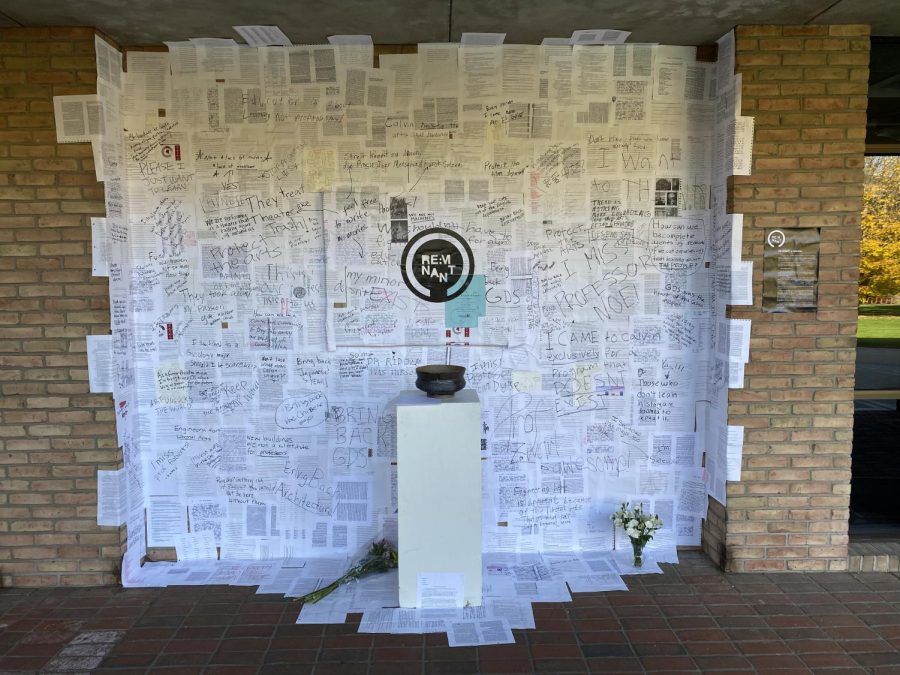


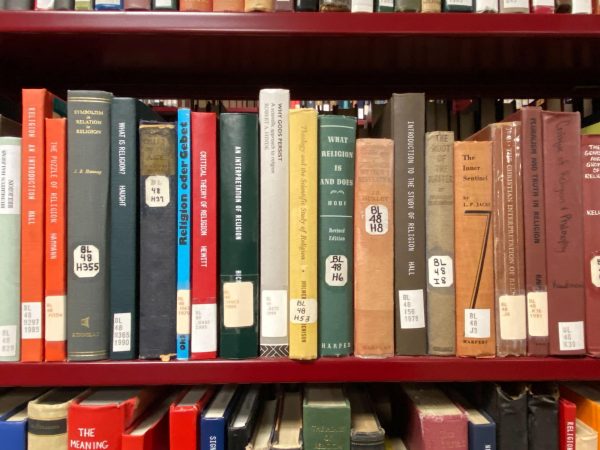
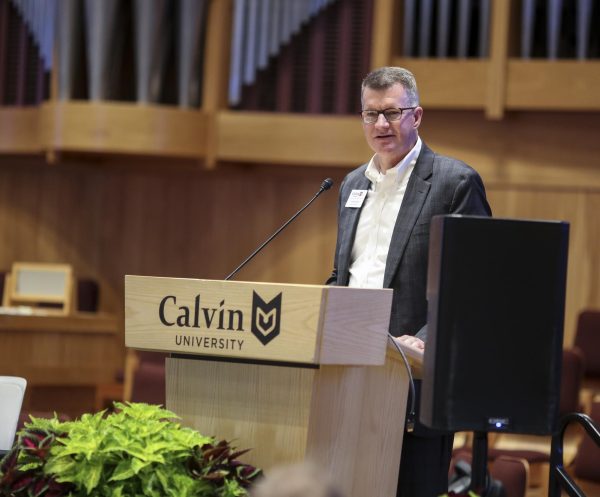
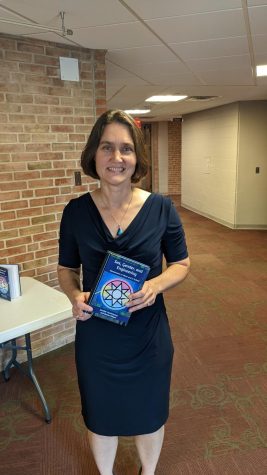
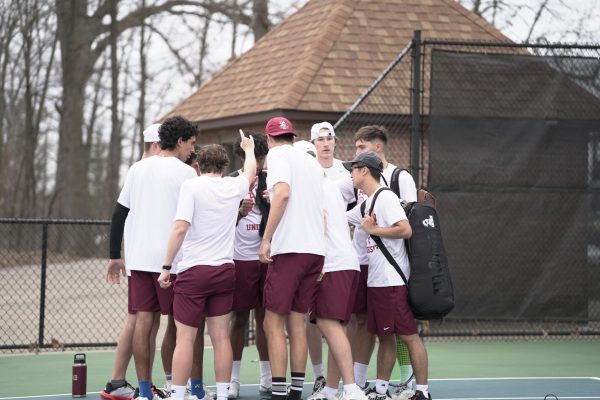
Michael Krogh • Nov 8, 2021 at 9:54 am
Thank you for this. As a Classics grad (’06) and a current Latin teacher, I read this with sadness. My program no longer exists. My professors are no longer employed. My Calvin experience can no longer be shared with anyone else. This isn’t the Calvin I knew.
Dr. Raymond Blacketer • Nov 8, 2021 at 4:02 pm
Classics major, BA 1987.
CTS MDiv, ThM, PhD
It is a profound grief, a deep source of lament. You are absolutely correct; the Calvin we knew no longer exists. And to call it a “university”… deridiculus est.
Steven C. Chevalia • Nov 9, 2021 at 9:56 am
This is good to see, thanks Timothy Lin. I was an English Major (’12) and now work in publishing, but I have to agree with Michael and Dr. Raymond on this. It is sad to see what is happening with Calvin. It’s hard for me to share my experience as well, for multiple reasons. I was also saddened to see the Classics department disappear, as I was also a Latin student.